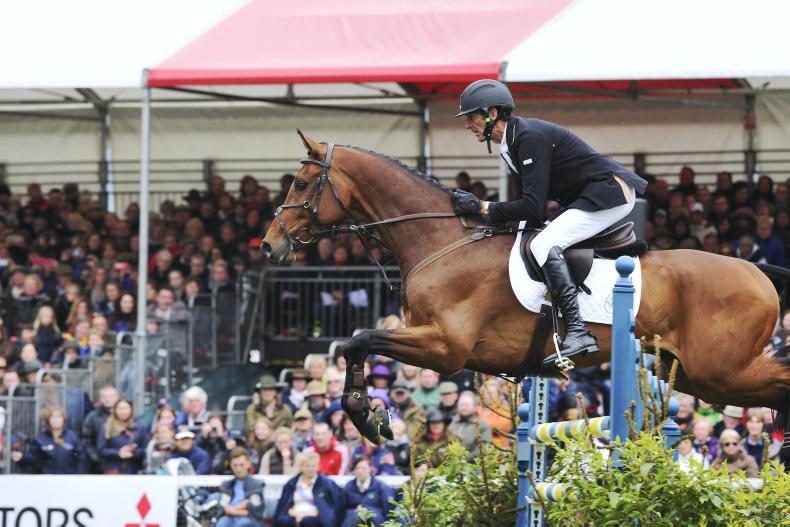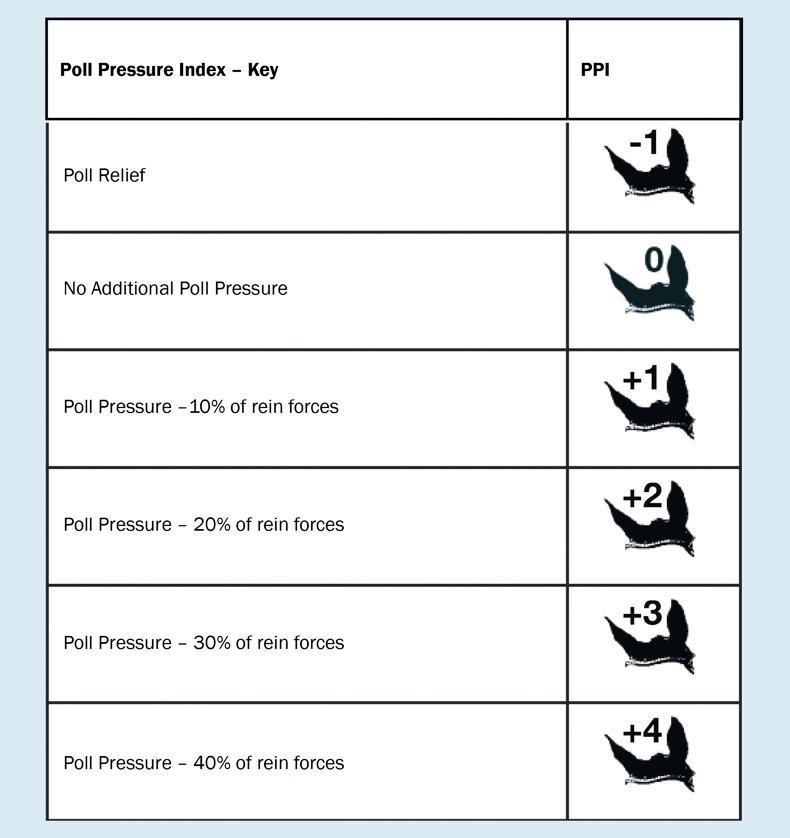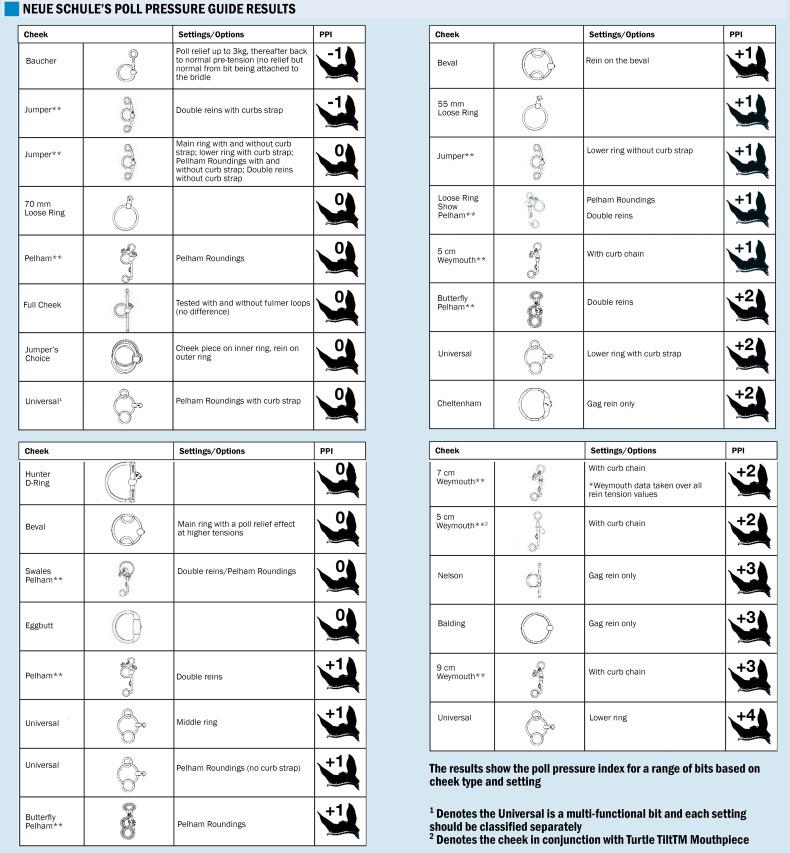BIT specialist Neue Schule has developed a Poll Pressure Guide to provide greater understanding of the bit’s action and help riders make a more informed choice when buying different cheek types.
The guide, the first of its kind, is the result of ongoing research by Neue Schule. It was devised by Heather Hyde, the company’s founder, who embarked on this crucial study to discover exactly how much pressure each bit in the company’s product range exerted, according to cheek type.
Extensive tests were carried out by the experts at Neue Schule using two sensors – one applied to the cheekpiece, the other to the rein. Tension measurement data was then transmitted to a central computer and a rating was calculated to show exactly how much poll pressure each type of bit created. All data was recorded independent of rider and horse ability, and by using the most common rein tension employed in normal riding.
“The research culminated in some surprises, as well as reiterating many of our suspicions,” said Heather. “It will be a great tool to dispel some of the long-standing misconceptions surrounding the action of bits.”
One of the study’s most fascinating discoveries lays to rest a debate that has divided opinion for years. While one school of thought believed that the Baucher or Hanging Cheek snaffle exerted pressure on the poll, the other felt that it actually alleviated it. Neue Schule’s research now shows conclusively that this type of bit does indeed have a poll-relief effect.
The preliminary data presented in the Poll Pressure Guide will be updated as the study progresses in depth and scope some cheeks, such as the Eggbutt and Butterfly Pelham are undergoing further testing.
POLL PRESSURE INDEX
Poll pressure numbers were calculated as percentage of the total forces applied through the reins. A poll pressure index of 1 means that approximately 10% of the total rein forces applied are transferred to the poll (see the index in full above). For example, when 4kg of rein tension is used, 400 grams of pressure will be applied to the poll of the horse during that tension.
Note that some amount of poll pressure exists due to the bit hanging on the bridle and therefore, poll-relief means that this ‘pre-tension’ is removed and no additional poll pressure means that all forces applied through the reins are distributed onto the tongue and lips.
RESULTS
All bits were tested based on the cheekpiece. The Waterford was tested separately due to its rather unique and distinctive multi-joint design – no effects due to this mouthpiece were found.
Levered bit measurements were taken over all rein tension values. Typically, there are very few values above 2 kg. These are marked with ‘**’.
Loose ring snaffle bits can apply poll-pressure due to a pulley action caused by the ring dragging down through the bore hole. The slight variations between ring sizes is a subject of Neue Schule’s ongoing research endeavours.
Neue Schule Ltd, Endeavour House, 12 Ellerbeck Way, Stokesley, North Yorkshire, TS9 5JZ
Web: nsbits.com
Tel: +44 1642 711 777


 This is a subscriber-only article
This is a subscriber-only article
 It looks like you're browsing in private mode
It looks like you're browsing in private mode











SHARING OPTIONS: